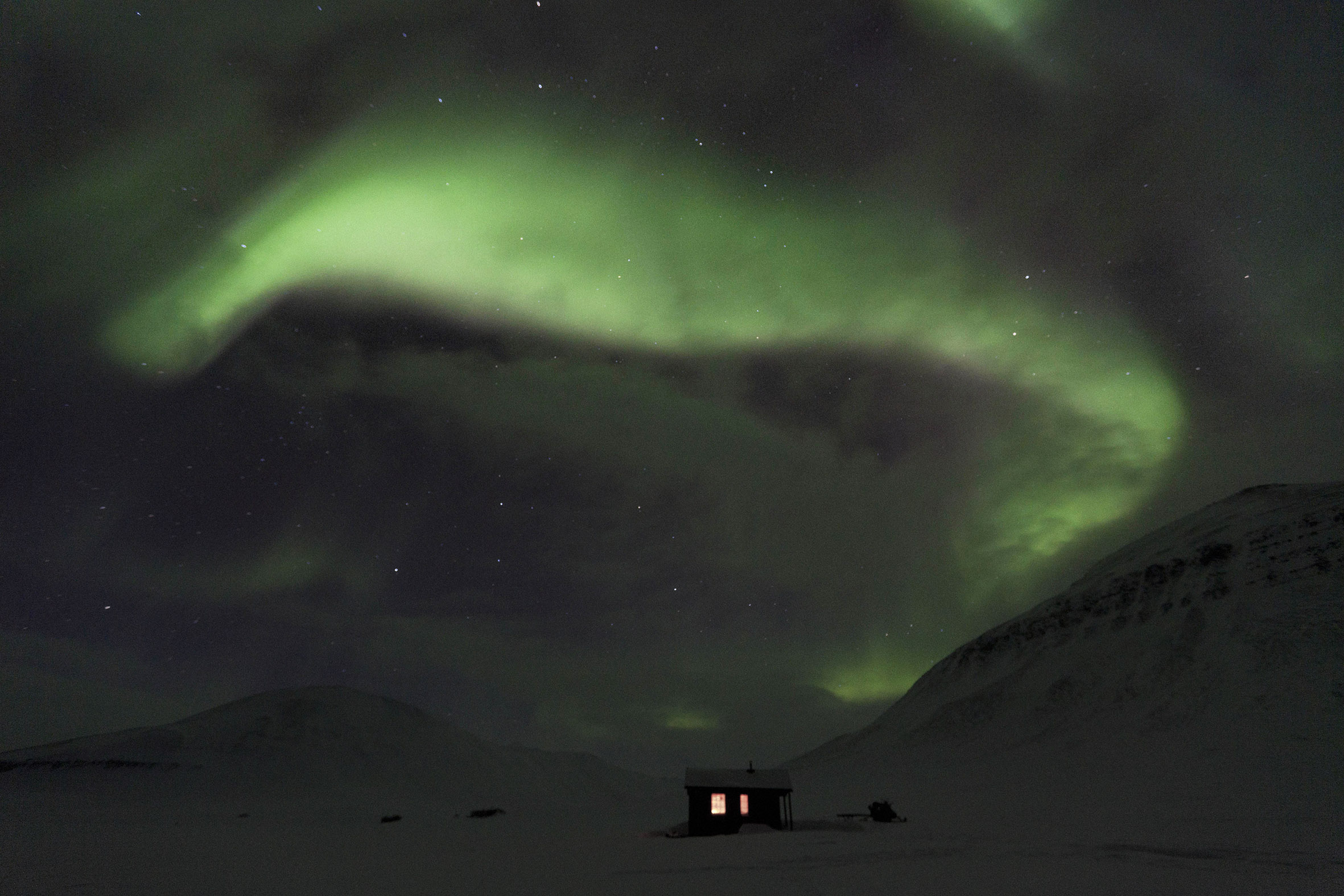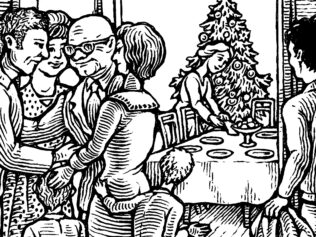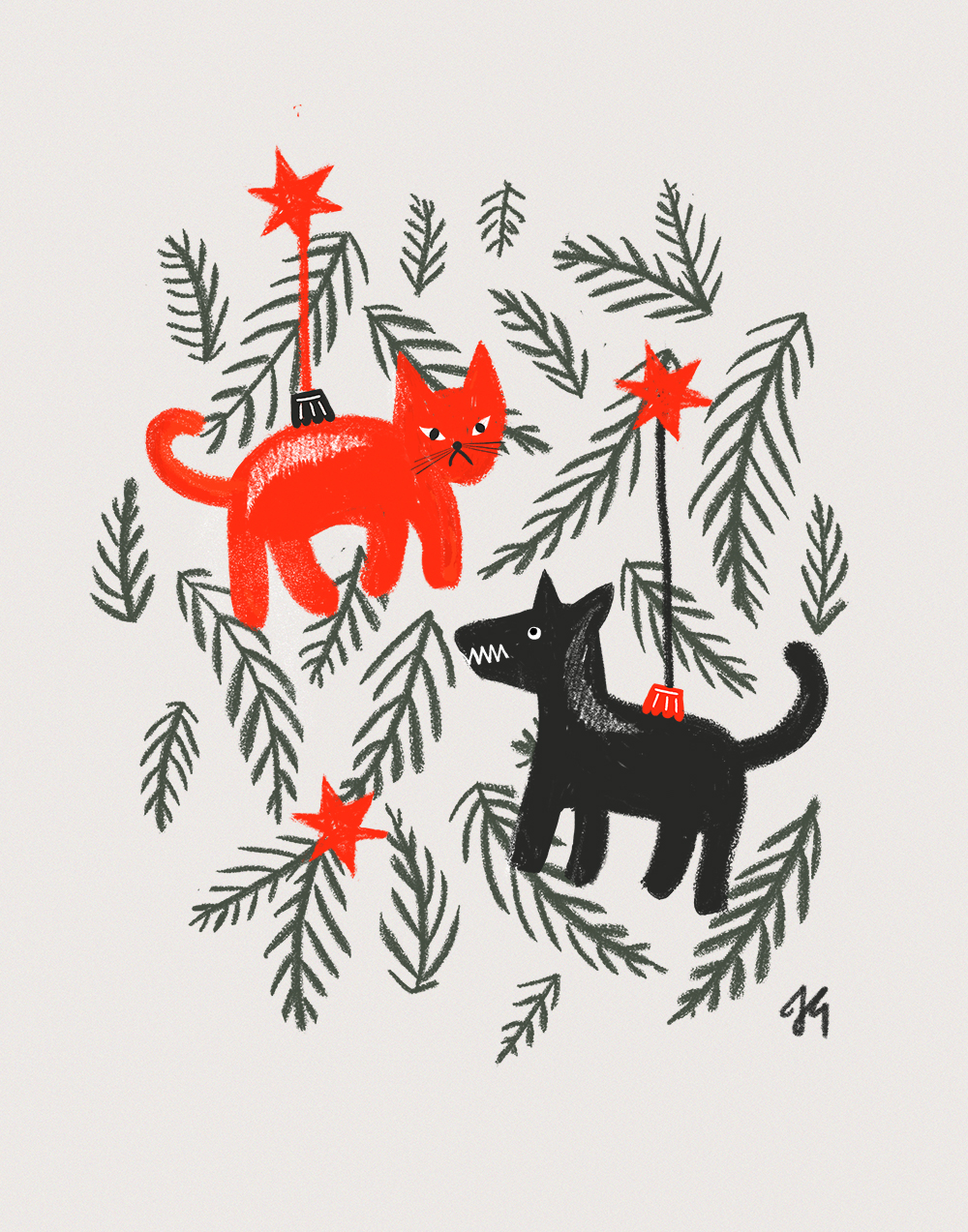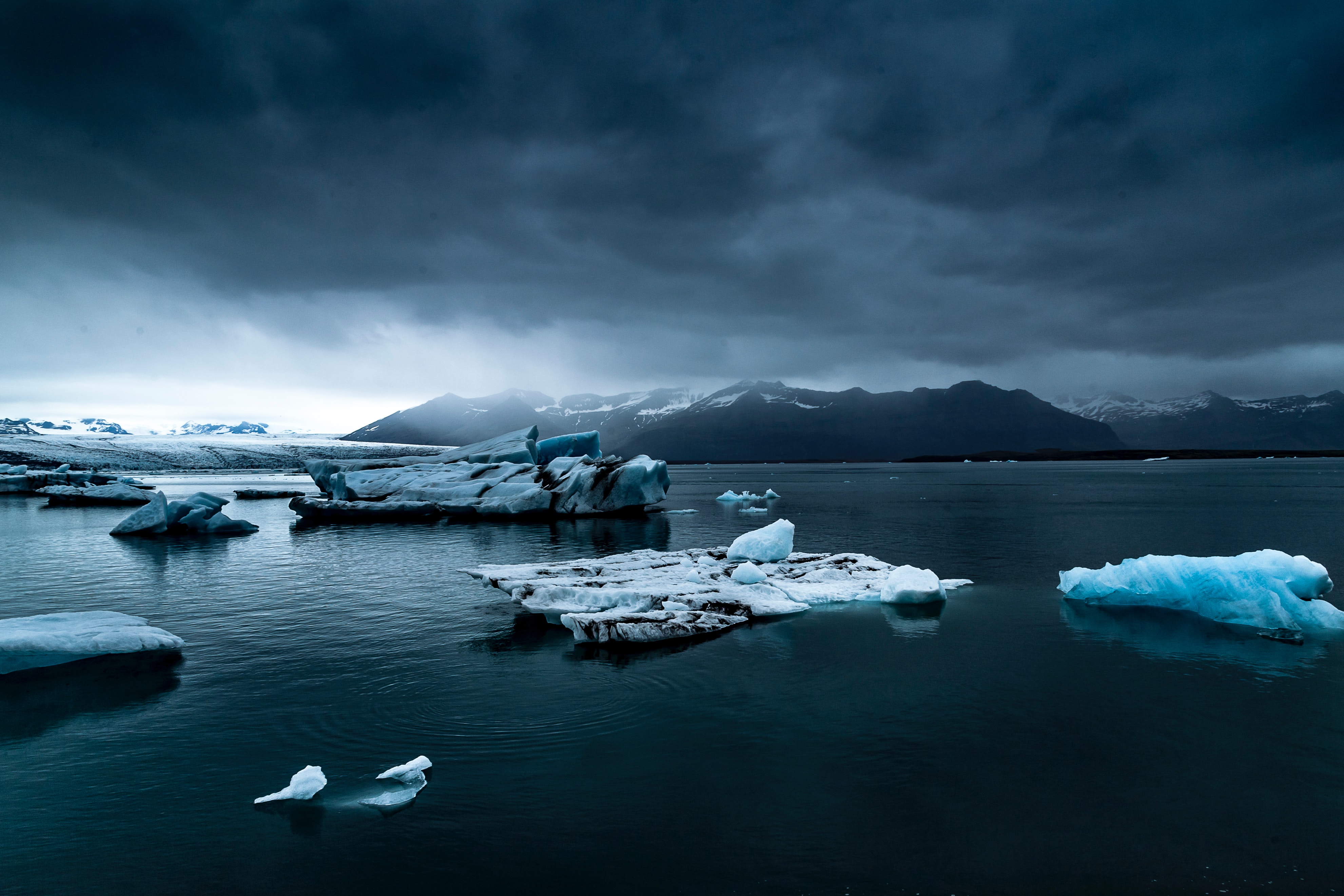
We sometimes claim that everyone in Iceland is a writer. Sure, it’s hyperbole, and as such slightly out of character for a literary tradition long characterized by understatement and restraint. Still, approximately one thousand books are published here each year for a population of about 290,000, one book per 290 persons – no doubt one of many weird per-capita world records we hold.
Into the twentieth century, the generations worked, prayed, and went about their daily lives in buildings made from mud, turf, a few blocks of stone, and the odd stick of wood. Today, little remains of this long history; its tangible elements have melted back into the landscape from which they emerged. Little, that is, except books. Since the medieval times, Icelanders have written far more books than can reasonably be expected from a small peasant population at the edge of the arable world. Popular participation in this literary culture has also been unusual; while the rest of Europe produced its volumes in Latin for learned audiences, Icelanders wrote in the vernacular – producing, among other works, the lcelandic sagas – and Iiteracy was far more widespread than anywhere on the continent.
The most distinguished author to write in Icelandic in the last century was Halldór Laxness, our one Nobel laureate. A giant among his contemporaries, Laxness placed himself squarely in this long tradition of storytelling; upon accepting the Nobel Prize, he paid tribute to the many nameless men and women who “century upon dark century … sat in their mud huts writing books without so much as asking themselves what their wages would be, what prize or recognition would be theirs. There was no fire in their miserable dwellings at which to warm their stiff fingers as they sat up late at night over their stories. Yet they succeeded in creating not only a literary language which is among the most beautiful and subtlest there is, but a separate literary genre.”

So great is the stature of Halldór Laxness that for decades many authors found themselves writing in his shadow. As his presence fades into the distance, however, younger writers have crawled out into the sun. Indeed, Laxness’s reputation, along with the long legacy of storytelling, constitutes an invaluable resource for contemporary Icelandic authors.
Like anywhere else, one can’t help but stumble across statues of the mighty departed in downtown Reykjavik. The curious thing is that here the poets actually outnumber the politicians. Some even do double duty on their pedestal, as both revered poets and respected politicians, for politics and literature have come together in some of Iceland’s most renowned figures, historical and contemporary. In the thirteenth century, one of lceland’s most powerful chieftains, Snorri Sturluson (1179–1241), composed Egil’s saga, one of the most important works of the Middle Ages, and Snorri’s Edda (or the Prose Edda), a manual for poets that is the most extensive source extant on Norse mythology. When Iceland’s first minister, Hannes Hafstein, took office in 1904 (after Denmark granted Iceland limited “home-rule”), he had by then already established himself as one of the most beloved poets of his generation. The country’s prime minister of the past thirteen years, Davíð Oddsson, is also a writer and published two collections of short stories while in office. And Guðrún Helgadóttir, a member of Althingi, Iceland’s parliament, for two decades – and she served as president of Althingi for a number of those years – is also the nation’s most beloved children’s book writer.
If it sometimes seems as though everyone is a writer in Iceland, it must be noted that most Icelanders juggle several jobs – the only way to run a full-blown state and economy with fewer than 300,000 people, maintaining all the while the illusion of cosmopolitan city life in small-town Reykjavik. The mailman moonlights as a veggie chef, and the DJ teaches kindergarten during the day. Both have a couple of books of poetry out. Of course, there are also professional writers who do nothing but write books – aside, that is, from a little teaching, freelance journalism, wedding singing, copywriting, filmmaking, sales, whatever.
Strange as it may seem, these dedicated writers all publish their books within a month of each other, more or less, during a period commonly known as “the Christmas book flood” (Jólabókaflóðið). Very nearly the entire crop of fiction each year is published in November and the first week of December, as are the many memoirs. Indeed, this phenomenon structures the working lives of Icelandic authors, synchronizing their creative efforts and their professional moodswings as they all strive to meet the same deadline, after which they fraternize about for an unbroken month of book-release parties and make the same round of public readings and interviews, vying for the attention of critics and consumers alike. This seasonal deluge, and the accompanying media hype, is a consequence of the most important social function that books serve in Iceland. Books are the primary currency in the country’s gift economy. Without books, Christmas would be something very different.
Everyone gives books and everyone gets books, always the latest releases hot off the press. Booklovers wait all year long for this exhilarating season, when every newspaper, magazine, radio program, and TV show takes novels and memoirs as cardinal points of reference: the books are new and the news is booked. When the din of the publishers’ battles finally dies down and the last critic falls silent – on Christmas Eve – we curl up with our books and read our way through the darkest days of winter.

This article was originally published in McSweeney’s Issue 58: 2040 A.D (5th December 2019).









